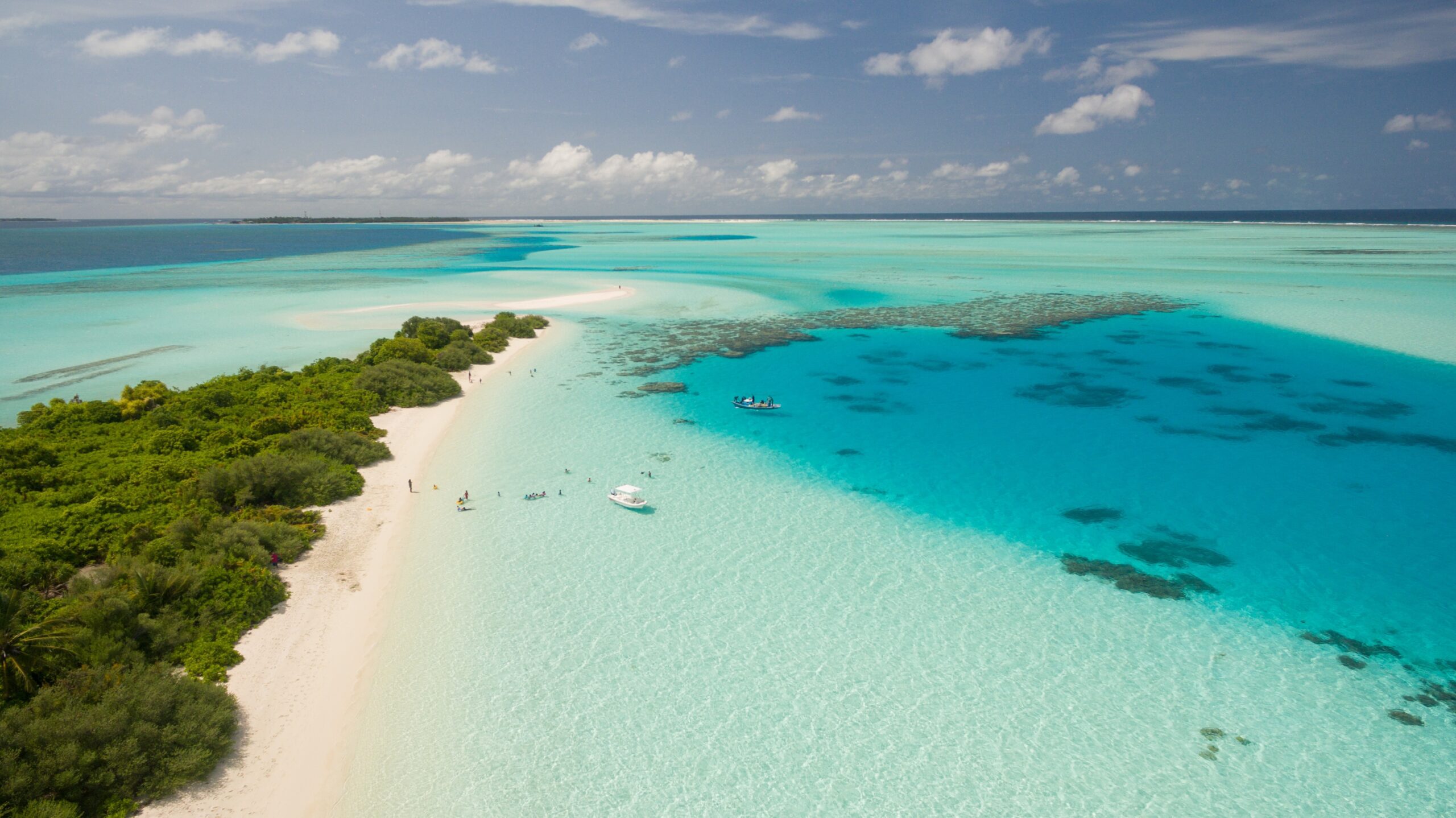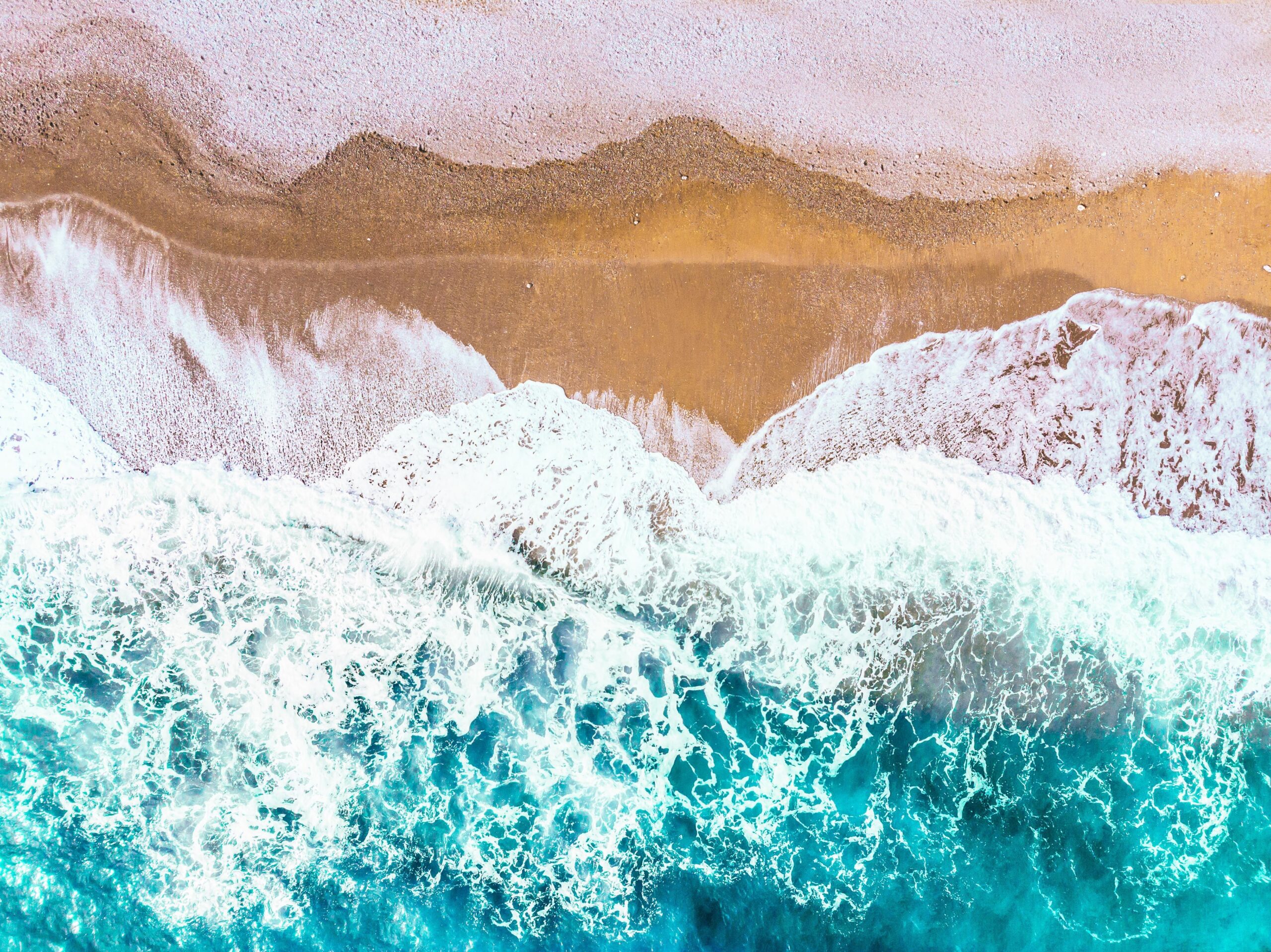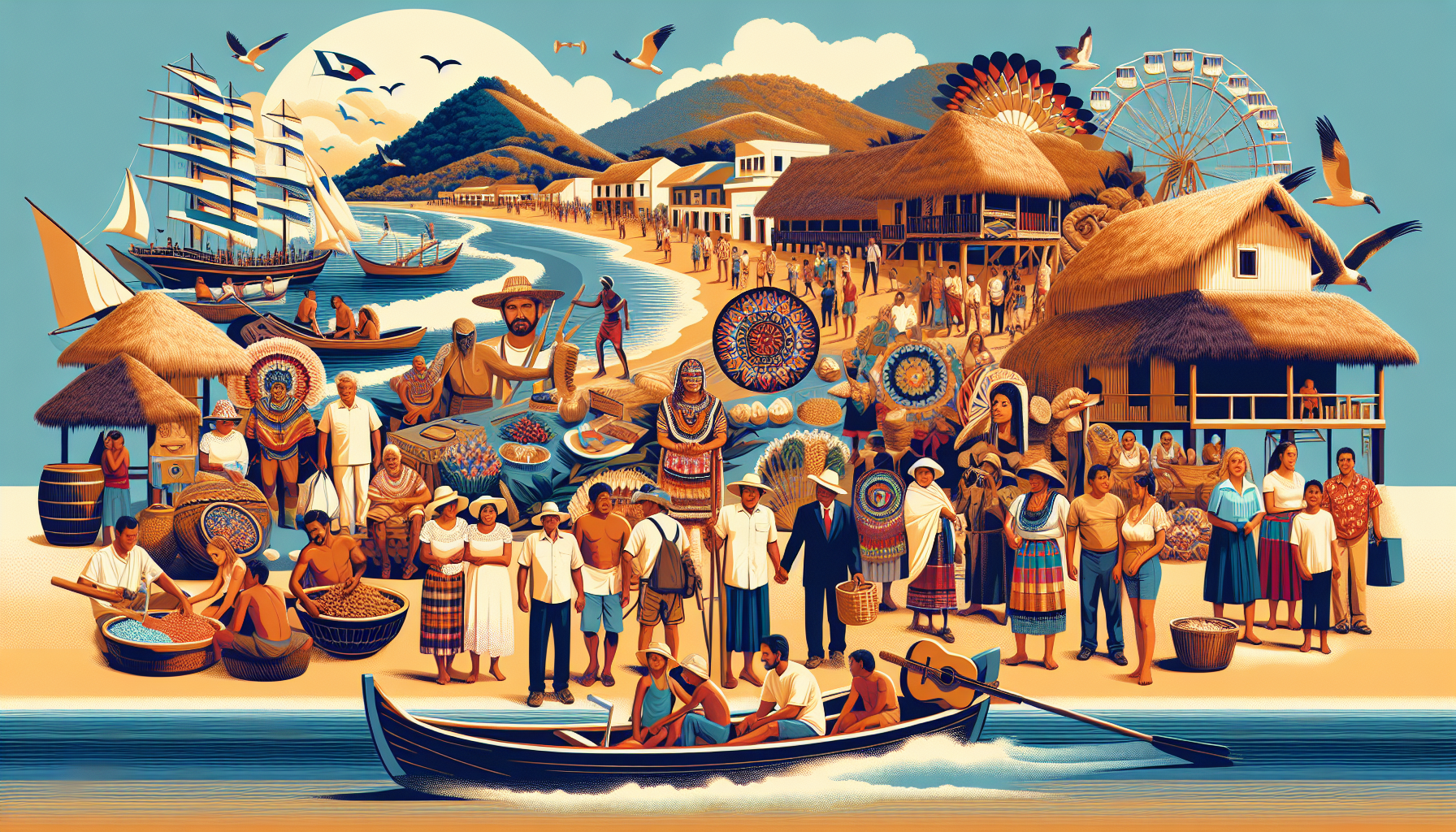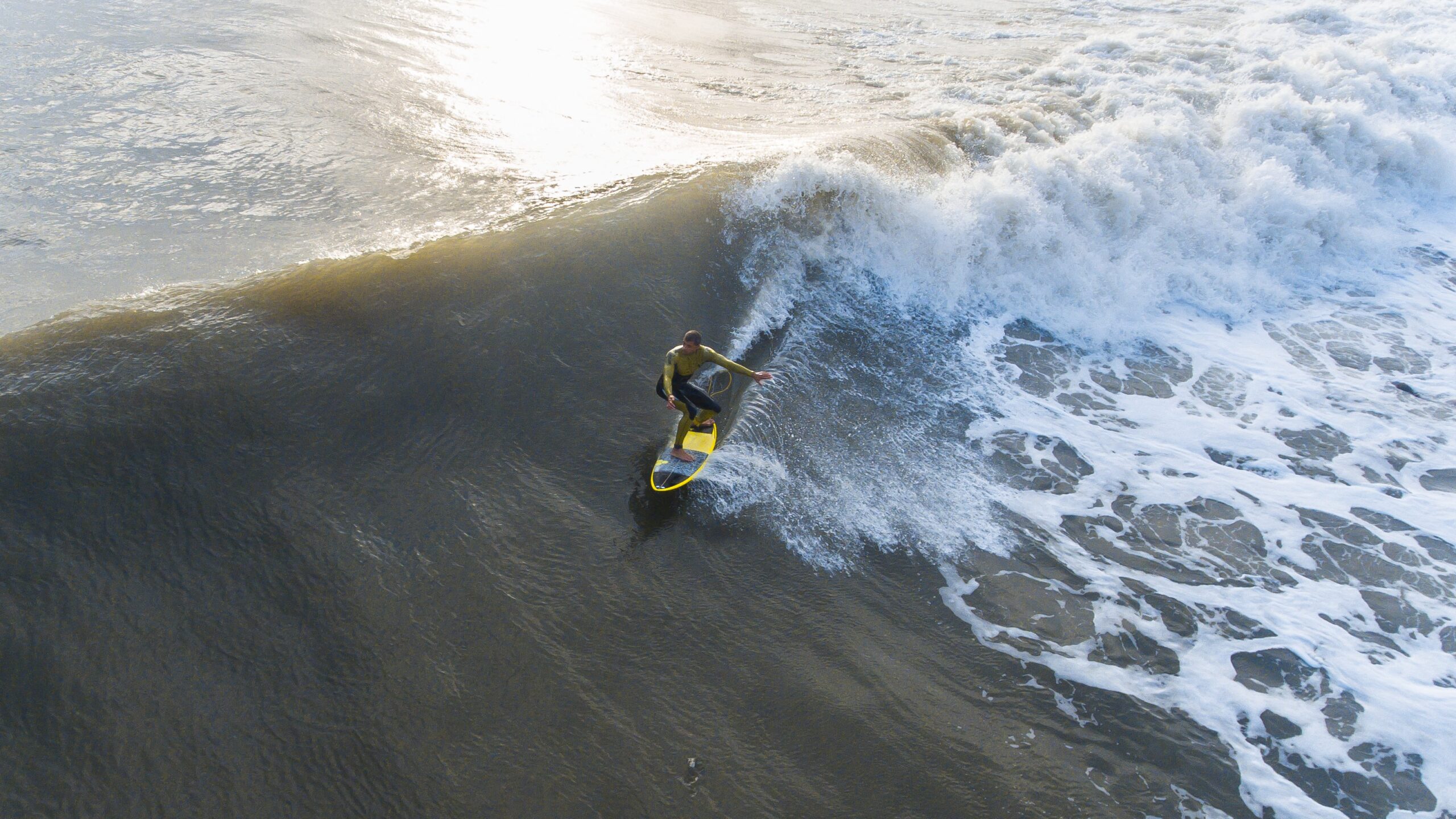If you’ve ever been curious about the cultural importance of beaches in Nicaragua, you’re in for a treat. Exploring the rich tapestry of beach culture in this vibrant Central American country allows you to witness firsthand the deep-rooted traditions and customs that have shaped the lives of Nicaraguans for generations. Discovering the cultural significance of these stunning coastal landscapes offers a unique insight into the history, art, folklore, and festivities that have come to define this captivating region. So, grab your sunscreen and join us on a mesmerizing journey as we unveil the mysteries and wonders of the beaches in Nicaragua.
History of Beaches in Nicaragua
Pre-Colonial Era
In the pre-colonial era, the indigenous peoples of Nicaragua had a deep connection to the beaches. The coastal land was home to various tribes and communities who relied on the ocean for sustenance and as a means of transportation. These indigenous cultures developed their own unique traditions and practices centered around the ocean and the beach. They considered the beaches to be sacred spaces, where they would gather for communal activities, ceremonies, and celebrations.
Spanish Colonization
With the arrival of Spanish explorers in the 16th century, the history of Nicaragua’s beaches took a significant turn. The Spanish colonizers exploited the natural resources of the coastal areas, including the beaches, for their economic gain. They established several trading posts and settlements along the coast, altering the traditional way of life of the indigenous peoples. The Spanish occupation also brought Catholicism to the region, which had a lasting impact on the cultural practices and beliefs related to the beaches.
Nicaraguan Independence
Nicaraguan independence in the 19th century marked a new chapter in the history of the beaches. The coastal areas became an integral part of the emerging nation and its quest for independence. The beaches played a vital role in trade and transportation during this time, connecting Nicaragua to the rest of the world. As the country developed and modernized, the beaches continued to be significant locations for economic activities and cultural festivities.
Indigenous Cultures of Nicaragua
Miskito
The Miskito indigenous culture is one of the most prominent in Nicaragua’s coastal regions. The Miskito people have a strong connection to the beaches and the ocean, as they have traditionally relied on fishing and maritime activities for their livelihood. They possess vast knowledge of the coastal ecosystems and have developed unique fishing techniques passed down through generations. The Miskito community also celebrates their cultural heritage through vibrant music and dance, often showcasing their traditions on the beaches.
Rama
The Rama indigenous culture is deeply entwined with the lush forests and pristine beaches of the Rama Cay and Bluefields regions. The Rama people have a strong spiritual connection to nature, and their cultural practices reflect this reverence for the natural world. They engage in traditional fishing methods and utilize the resources of the beaches sustainably. The Rama community also celebrates their cultural identity through art, incorporating elements from their natural surroundings into their handicrafts.
Garifuna
The Garifuna culture, originating from African and Indigenous Caribbean roots, has a significant presence in Nicaragua’s beach communities. The Garifuna people have brought their rich heritage of music, dance, and storytelling to the beaches, infusing them with vibrant energy. Their traditional drumming and dancing ceremonies, rooted in religious and ancestral beliefs, bring communities together to celebrate and honor their cultural identity. The Garifuna also take pride in their unique cuisine, incorporating local seafood and flavors into their traditional dishes.

Religious and Spiritual Beliefs
Traditional Practices
Before the arrival of European colonizers, the indigenous communities of Nicaragua practiced their own indigenous spiritual beliefs. These traditional practices were deeply connected to nature and the elements, including the beaches. Ceremonies and rituals were held on the beaches to seek blessings, offer thanks, and honor the deities believed to reside in the ocean and the coastal landscapes. These traditions continue to be passed down through generations, keeping alive the cultural and spiritual significance of the beaches.
Christianity and Catholicism
With the Spanish colonization came the introduction of Christianity and Catholicism. The influence of these religions transformed the spiritual landscape of Nicaragua, including the beliefs and practices related to the beaches. Many coastal communities adopted Catholic traditions and incorporated them into their cultural celebrations and customs. Religious festivals and processions often take place on the beaches, marked by prayers, music, and rituals. Christianity and Catholicism have become intertwined with the cultural fabric of Nicaragua’s beach communities.
Afro-Caribbean Religions
The Afro-Caribbean population in Nicaragua’s coastal areas also brought their own spiritual beliefs and practices, blending African traditions with elements of Catholicism. Religions such as Santeria and Palo Mayombe have gained prominence among the Afro-Caribbean communities living near the beaches. These belief systems involve rituals, ceremonies, and offerings that connect the practitioners to their ancestors and the natural world. The beaches serve as communal spaces for these spiritual practices, embodying the connection between land, sea, and spirituality.
Fishing and Maritime Traditions
Importance of Fish in Nicaraguan Cuisine
Nicaragua’s coastal communities have long relied on fishing as a way of life and as a source of sustenance. The bountiful ocean provides a diverse range of fish and seafood, which form an integral part of Nicaraguan cuisine. Traditional dishes such as Gallo Pinto con Pescado, Ceviche, and Vigorón often feature freshly caught fish. The cultural significance of the beaches can be experienced through the flavors and aromas of these traditional dishes.
Traditional Fishing Techniques
Indigenous cultures, such as the Miskito and Rama, have developed unique and sustainable fishing techniques over centuries. Handline fishing, using simple hooks and lines, is prevalent across coastal communities. This traditional method allows for a more selective and environmentally friendly approach to fishing. The communities also practice net fishing and spearfishing, utilizing their traditional knowledge of fish behavior and coastal ecosystems. These techniques serve as a testament to the intimate connection between the communities and the beaches.
Boat Building
The art of boat building is deeply ingrained in the coastal traditions of Nicaragua. Skilled craftsmen construct boats using traditional techniques, passed down through generations. These boats, often made of wood, are designed to withstand the rough waters of the ocean while being lightweight enough for ease of navigation. Boat building is not only a practical necessity for the fishing and maritime industries but also a cultural practice that preserves the heritage and craftsmanship of the coastal communities.

Art and Craftsmanship
Beach-inspired Artwork
The beaches of Nicaragua have long served as a muse for artists, inspiring vibrant and meaningful artwork. From paintings of stunning sunsets over the ocean to sculptures made from driftwood and seashells, beach-inspired artwork reflects the natural beauty and cultural significance of the coastal landscapes. Artists draw inspiration from the rich history and traditions associated with the beaches, infusing their creations with the vibrant colors and spirit of the coastal communities.
Handicrafts and Souvenirs
Local artisans in Nicaragua’s beach communities showcase their craftsmanship through unique and intricately designed handicrafts and souvenirs. These handmade products reflect the cultural heritage of the region, incorporating elements from nature and the ocean. Seashell jewelry, wooden carvings depicting marine life, and woven baskets made from palm leaves are just a few examples of the beautiful creations that can be found in the beach markets. Purchasing these souvenirs directly supports the local communities and helps preserve their cultural traditions.
Traditional Celebrations and Festivals
Semana Santa (Holy Week)
Semana Santa, or Holy Week, is one of the most significant religious and cultural celebrations in Nicaragua. Taking place in the week leading up to Easter, this event brings communities together to commemorate the crucifixion and resurrection of Jesus Christ. The beaches become focal points for processions, reenactments, and religious ceremonies. Locals and tourists alike gather on the shores, witnessing the vibrant traditions and experiencing the deep spiritual connection that the Nicaraguan people have with their beaches.
Carnival and Palo de Mayo
Carnival is a lively and colorful celebration that takes place throughout Nicaragua, with beach communities hosting some of the most exuberant festivities. In the month of May, the Palo de Mayo festival energizes the coastal regions with music, dance, and street parades. Both locals and visitors join in the festivities, dressed in vibrant costumes and masks. The beaches transform into stages for live performances, showcasing the cultural diversity and artistic talents of the communities.
Garifuna Settlement Day
Garifuna Settlement Day is a significant celebration for the Garifuna community in Nicaragua. It commemorates the arrival of the Garifuna people to the country after their exile from St. Vincent. The beaches become the backdrop for cultural performances, drumming, and traditional dances. The festivities highlight the resilience and cultural heritage of the Garifuna people, reaffirming their strong bond with the coastal landscapes.

Music and Dance
Marimba
The marimba holds a special place in Nicaraguan folklore and music traditions. This indigenous instrument, made of wooden keys and resonators, produces resonant and melodic tones. The upbeat rhythms of marimba music echo throughout the beaches during celebrations and festivals. The Marimba is not only a musical instrument but also a symbol of cultural identity, connecting communities to their ancestral roots and creating a lively atmosphere of joy and unity.
Palo de Mayo
Palo de Mayo, a distinctive cultural tradition of Afro-Caribbean communities, comes alive on the beaches of Nicaragua. This dance form is characterized by energetic movements and the rhythmic beating of drums. The hypnotic music and dance performances captivate audiences, immersing them in the vibrant rhythms of African and Caribbean cultures. Participating in a Palo de Mayo celebration on the beaches is an enriching experience, allowing visitors to embrace the dynamic cultural heritage of the Afro-Caribbean communities.
Garifuna Drums
Drumming is an integral part of Garifuna culture, and the rhythmic beats of traditional Garifuna drums echo across the beaches during festivities. The drummers, skilled in playing various types of drums, create captivating rhythms that transport listeners into a world of cultural expression. The Garifuna drumming tradition is a testament to the strength and resilience of the community, and the beaches serve as open stages where this vibrant music can be experienced and celebrated.
Environmental Conservation Efforts
Protection of Sea Turtles
Nicaragua’s beaches are essential nesting grounds for several species of sea turtles, including the critically endangered Hawksbill and Leatherback turtles. Conservation organizations collaborate with coastal communities to protect these nesting sites and ensure the survival of the sea turtles. Nesting patrols, hatchling releases, and awareness campaigns help raise awareness about the importance of preserving these ecosystems. By actively participating in conservation efforts, the communities contribute to the safeguarding of their cultural heritage and the biodiversity of the beaches.
Coastal Cleanup Initiatives
Coastal cleanup initiatives play a vital role in preserving the pristine beauty and ecological integrity of Nicaragua’s beaches. Environmental organizations and local communities join hands to organize regular cleanups, removing trash and debris that pose a threat to marine life and coastal ecosystems. These cleanup events not only contribute to the preservation of the natural environment but also serve as opportunities for education and raising awareness about the cultural significance of the beaches.

Tourism and Economic Impact
Development of Beach Resorts
The natural beauty of Nicaragua’s beaches has attracted a growing number of tourists over the years, leading to the development of beach resorts and tourism infrastructure. These resorts offer visitors the opportunity to experience the cultural heritage and picturesque landscapes of the coastal communities. The influx of tourists has provided economic opportunities for the local communities, creating employment and supporting small businesses. The sustainable development of beach resorts aims to strike a balance between tourism and the preservation of cultural traditions and natural resources.
Sustainable Tourism Practices
Recognizing the importance of preserving the cultural heritage and ecological balance, sustainable tourism practices have gained traction in Nicaragua’s beach communities. Local businesses strive to minimize their environmental impact by promoting responsible tourism. This includes initiatives such as eco-friendly accommodations, supporting local artisans, and offering immersive cultural experiences. Through sustainable tourism practices, visitors can engage more meaningfully with the cultural significance of the beaches while ensuring the long-term sustainable development of the coastal regions.
Preservation of Cultural Heritage
Importance of Cultural Education
Preserving the cultural heritage of Nicaragua’s beaches relies on the active promotion of cultural education and awareness. Schools, organizations, and community leaders play a crucial role in passing down traditional knowledge and practices to younger generations. Cultural education programs, workshops, and heritage centers provide platforms for learning about the cultural significance of the beaches. By fostering an understanding and appreciation of their heritage, the communities can ensure the continuation of their cultural traditions for generations to come.
Supporting Local Communities
Supporting local communities is fundamental in preserving their cultural heritage. By purchasing locally made handicrafts and souvenirs, visitors contribute to the economic growth and sustainability of the communities. Participating in cultural events and festivals on the beaches not only creates memorable experiences for visitors but also provides financial support to the cultural organizations and performers. Showing respect for local customs, traditions, and the natural environment helps foster positive relationships between visitors and the communities, allowing for the mutual preservation and appreciation of the cultural significance of Nicaragua’s beaches.
In conclusion, the beaches of Nicaragua hold a rich history and cultural significance. From the indigenous peoples’ traditional practices to the impact of Spanish colonization and the influence of Christianity, the cultural heritage of the beaches is deeply intertwined with the communities who call them home. Fishing and maritime traditions, art and craftsmanship, traditional celebrations, and music and dance all contribute to the diverse cultural tapestry found in Nicaragua’s coastal regions. As tourism continues to grow, it is crucial to prioritize sustainable practices and support local communities in preserving their unique cultural heritage for future generations to experience and appreciate.

